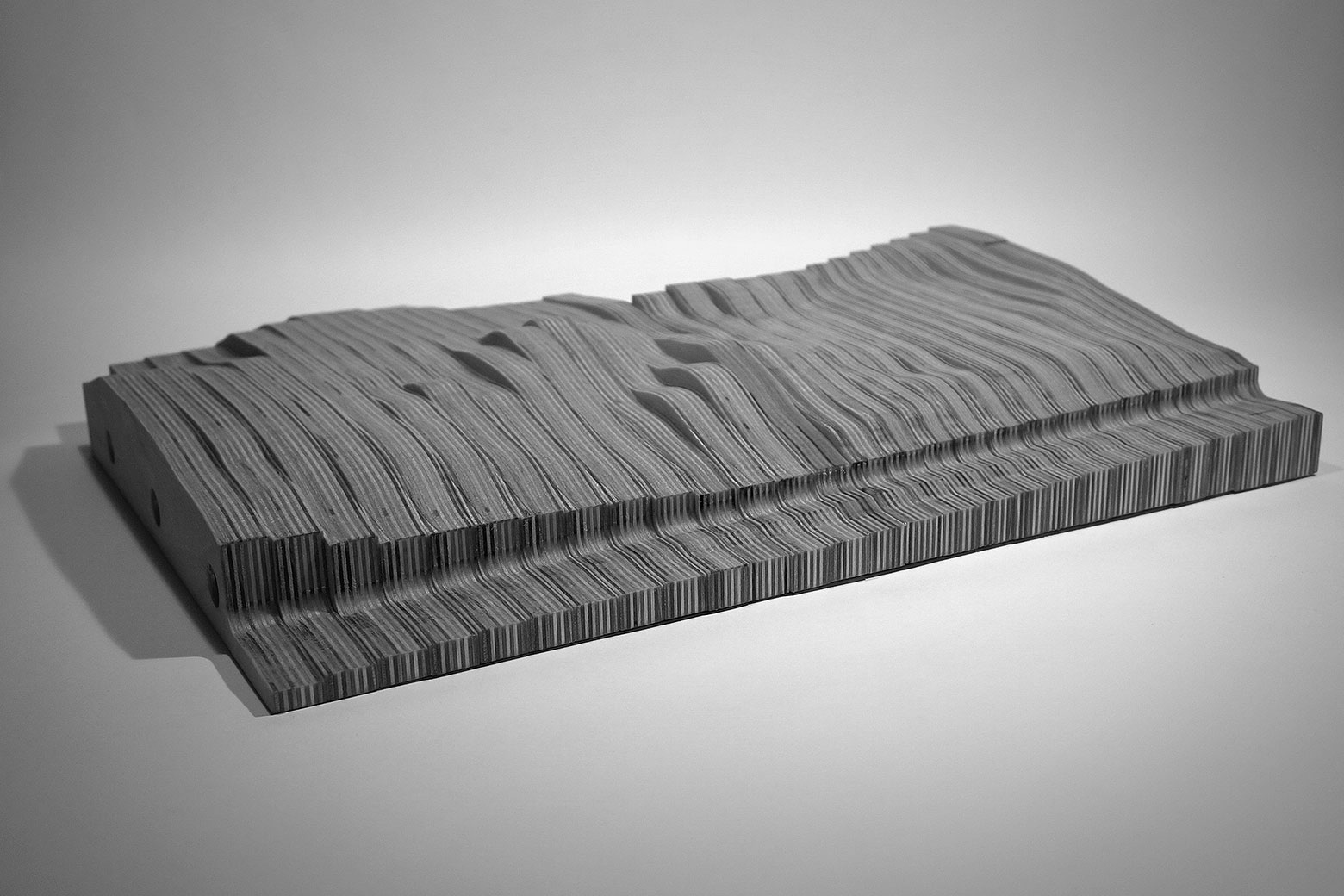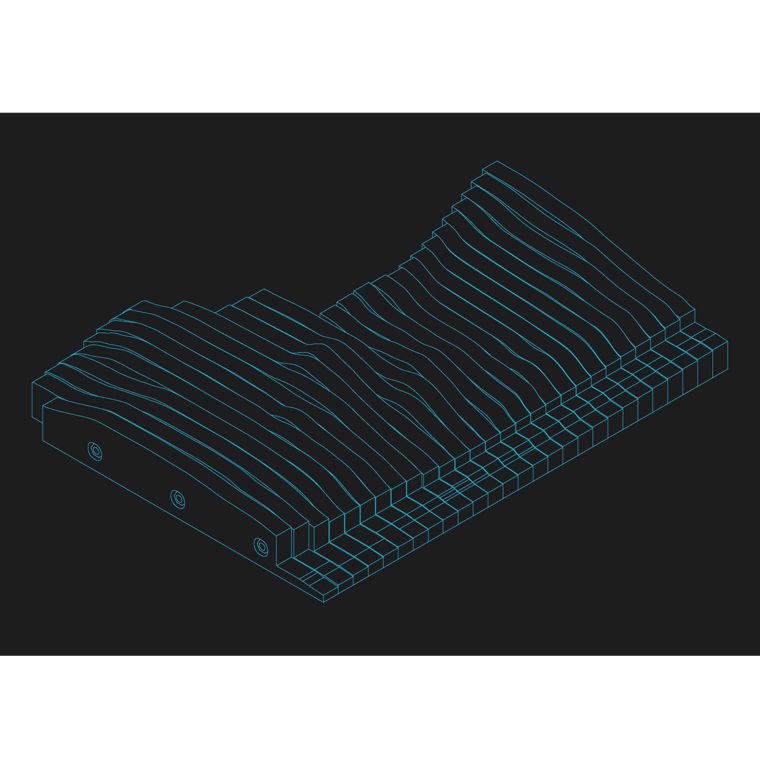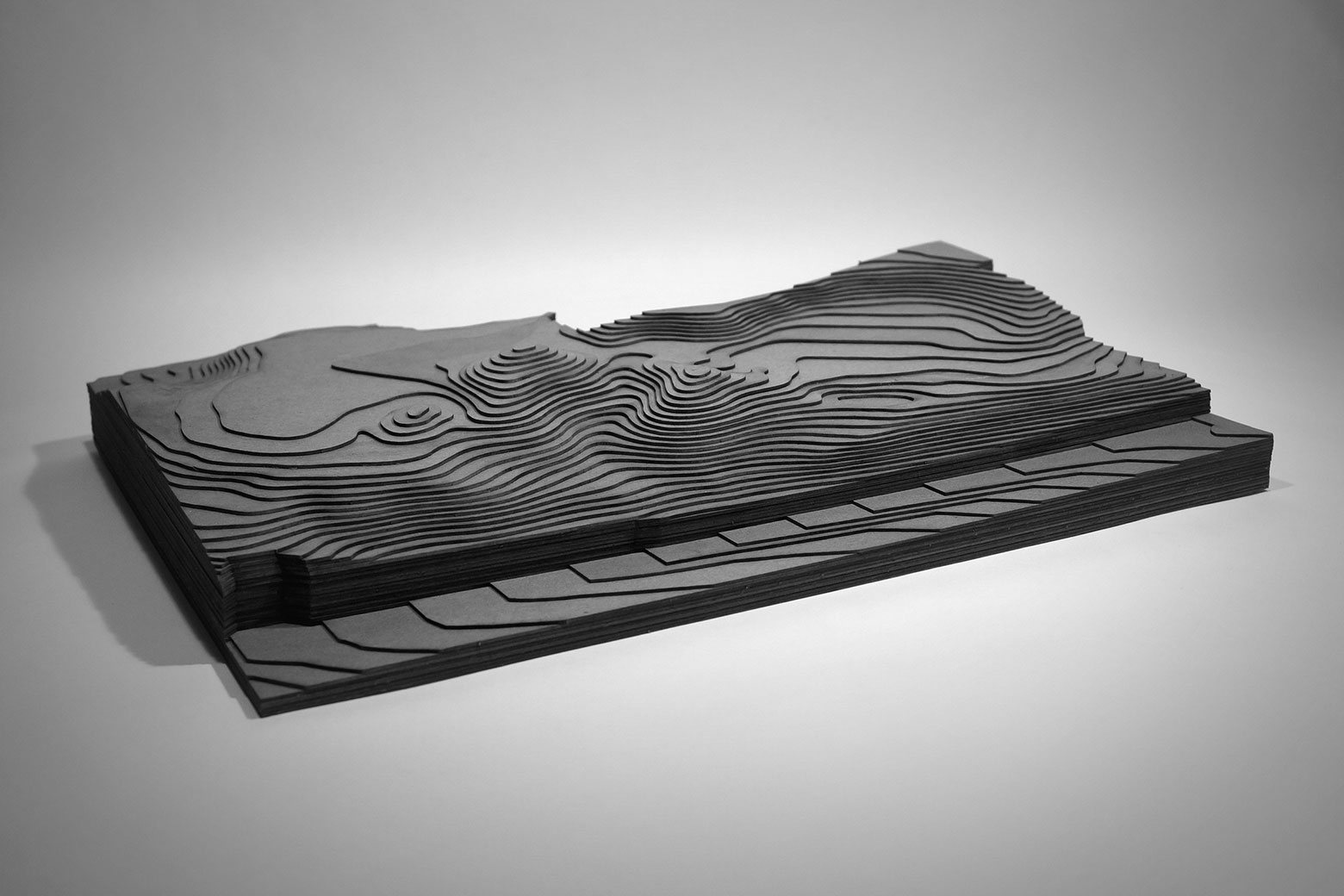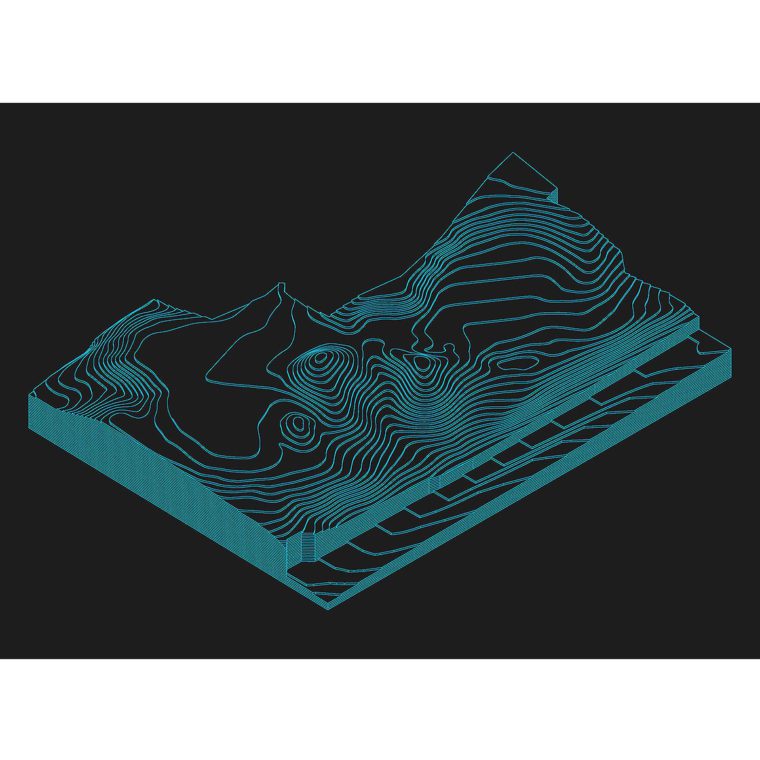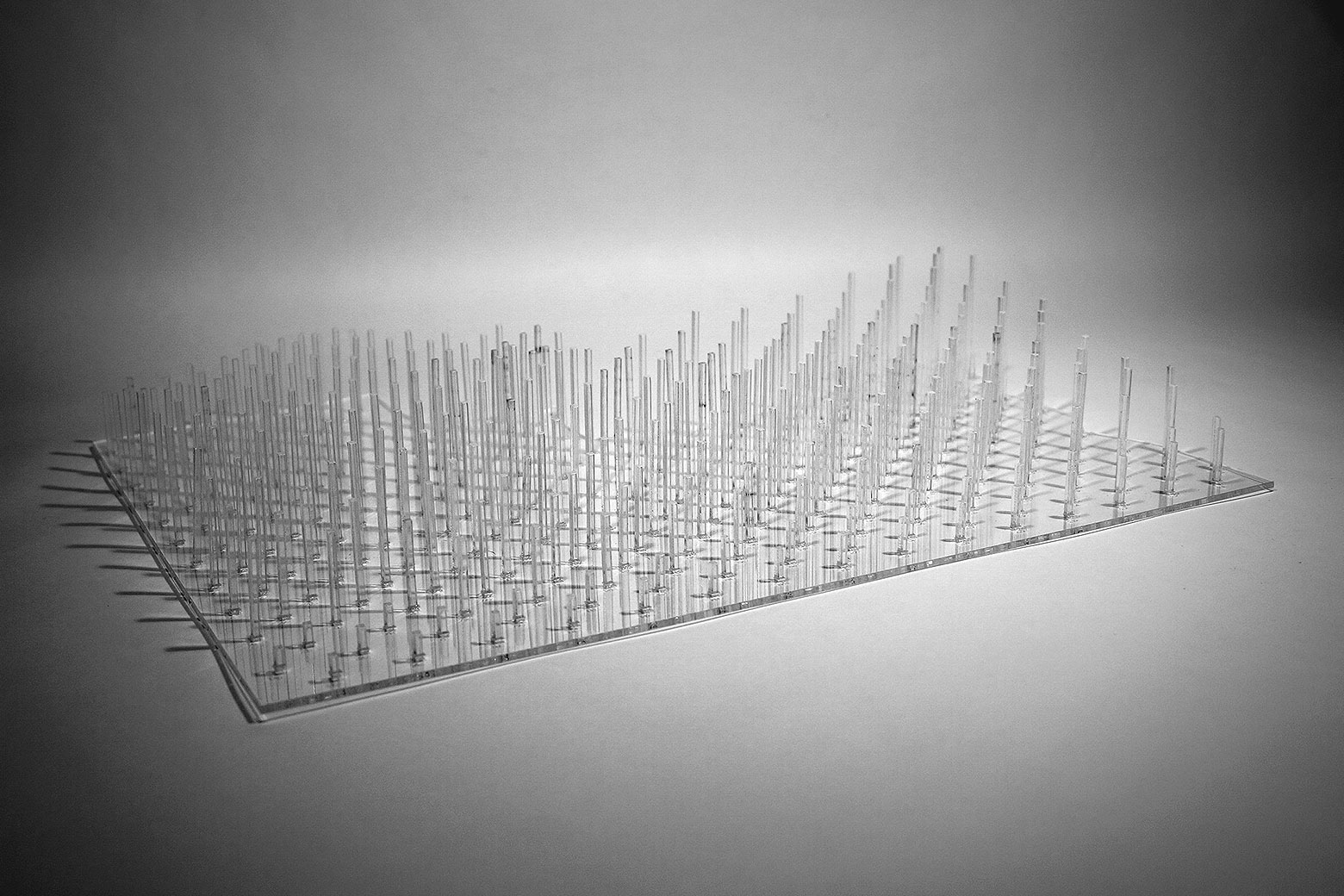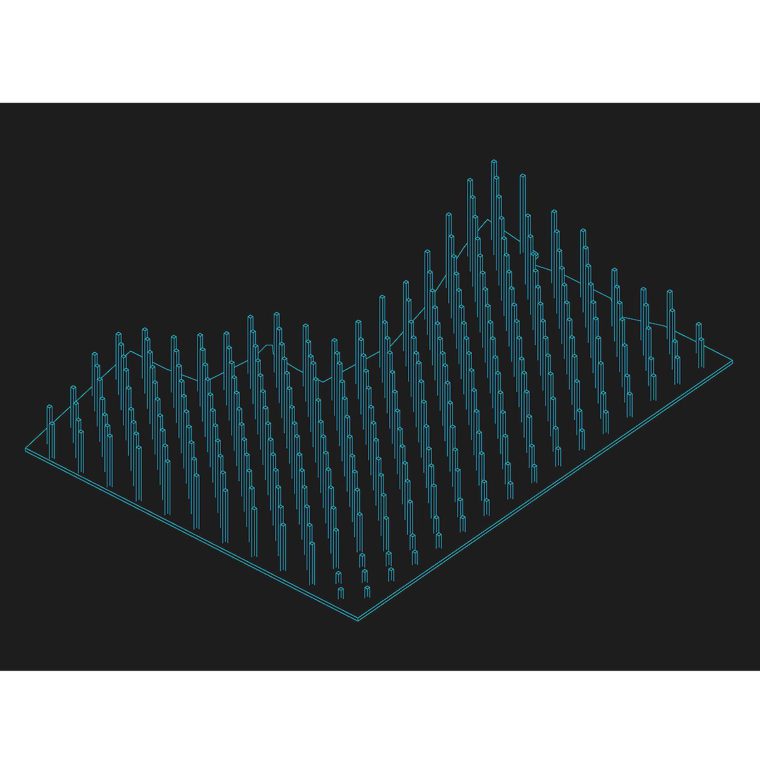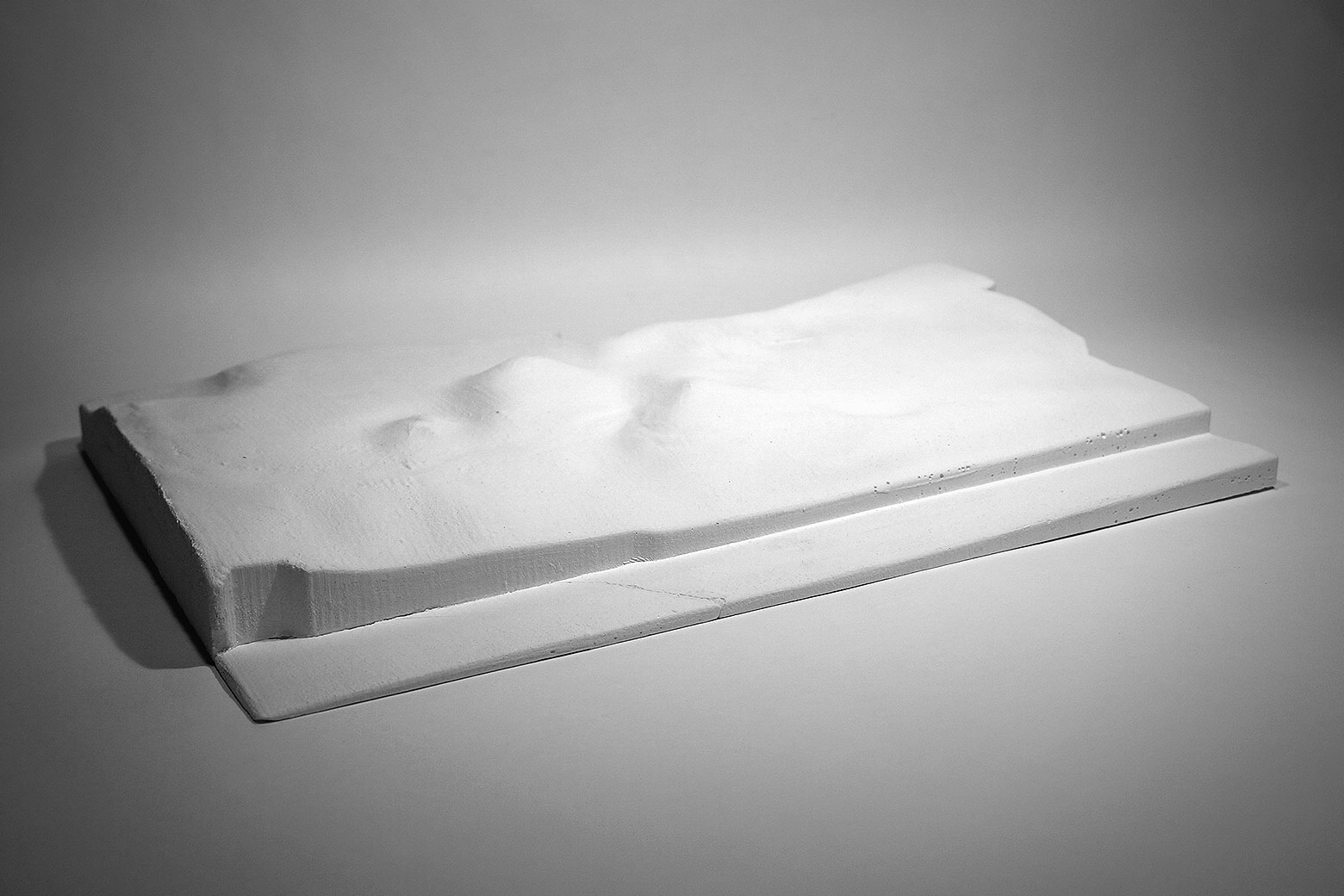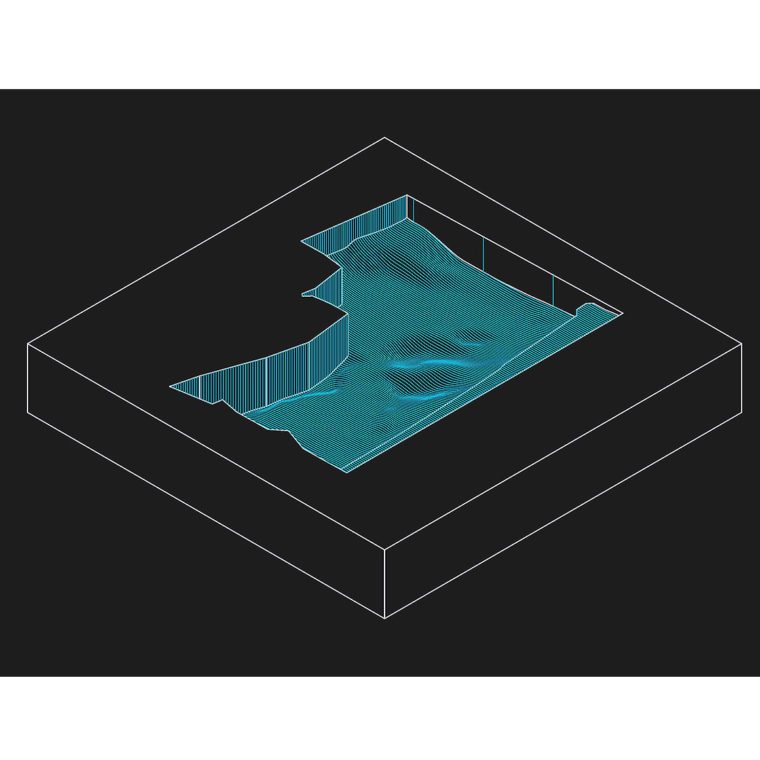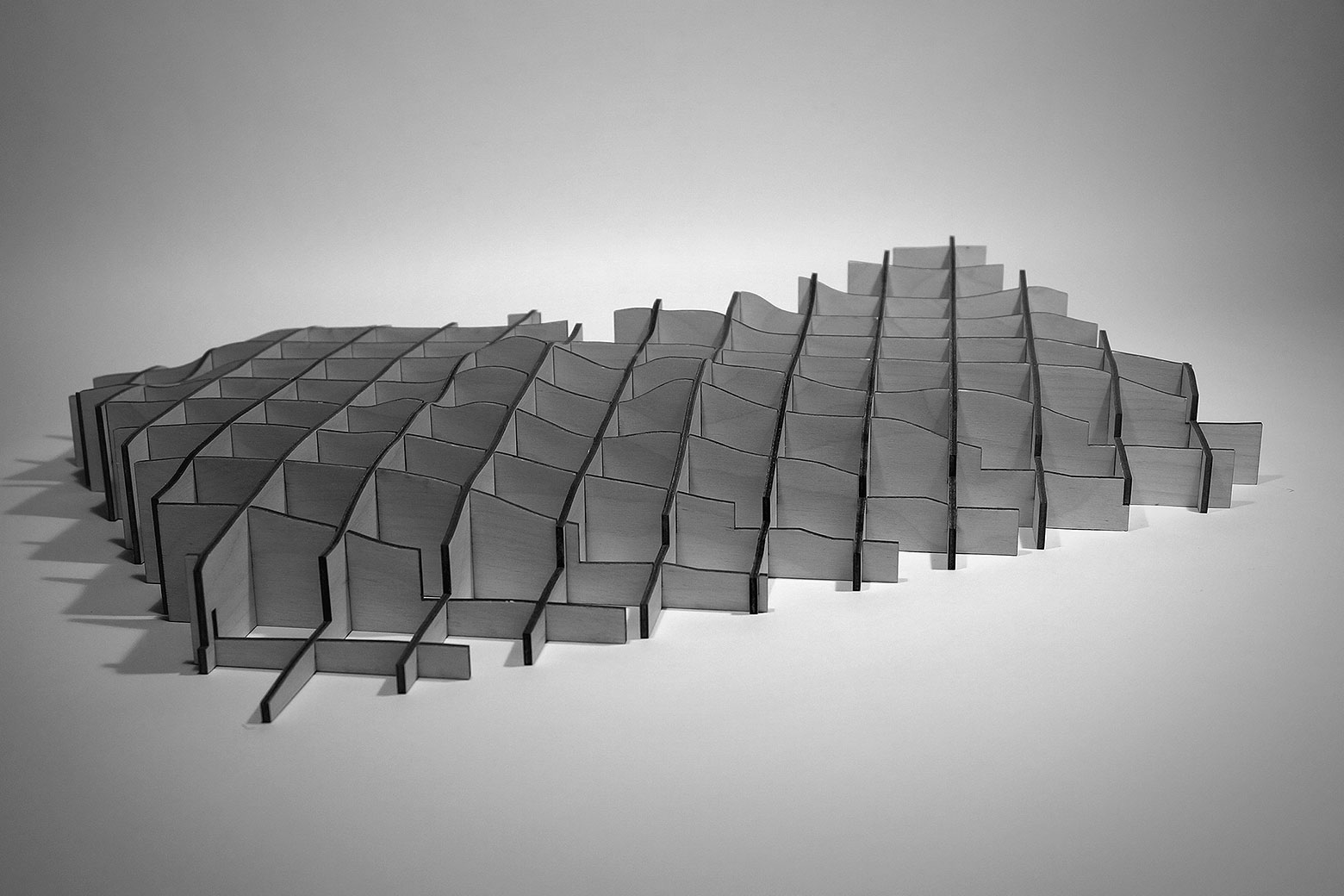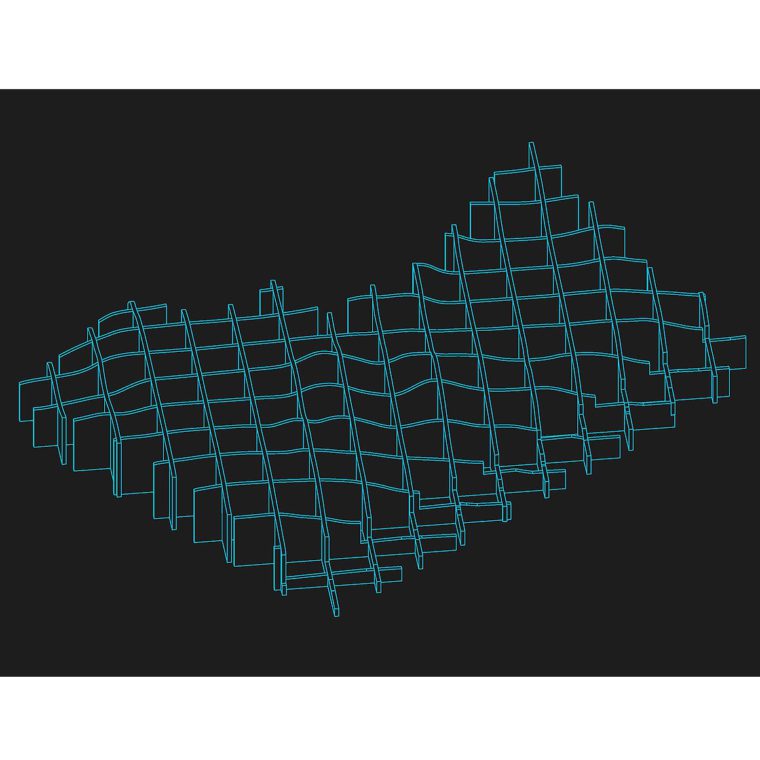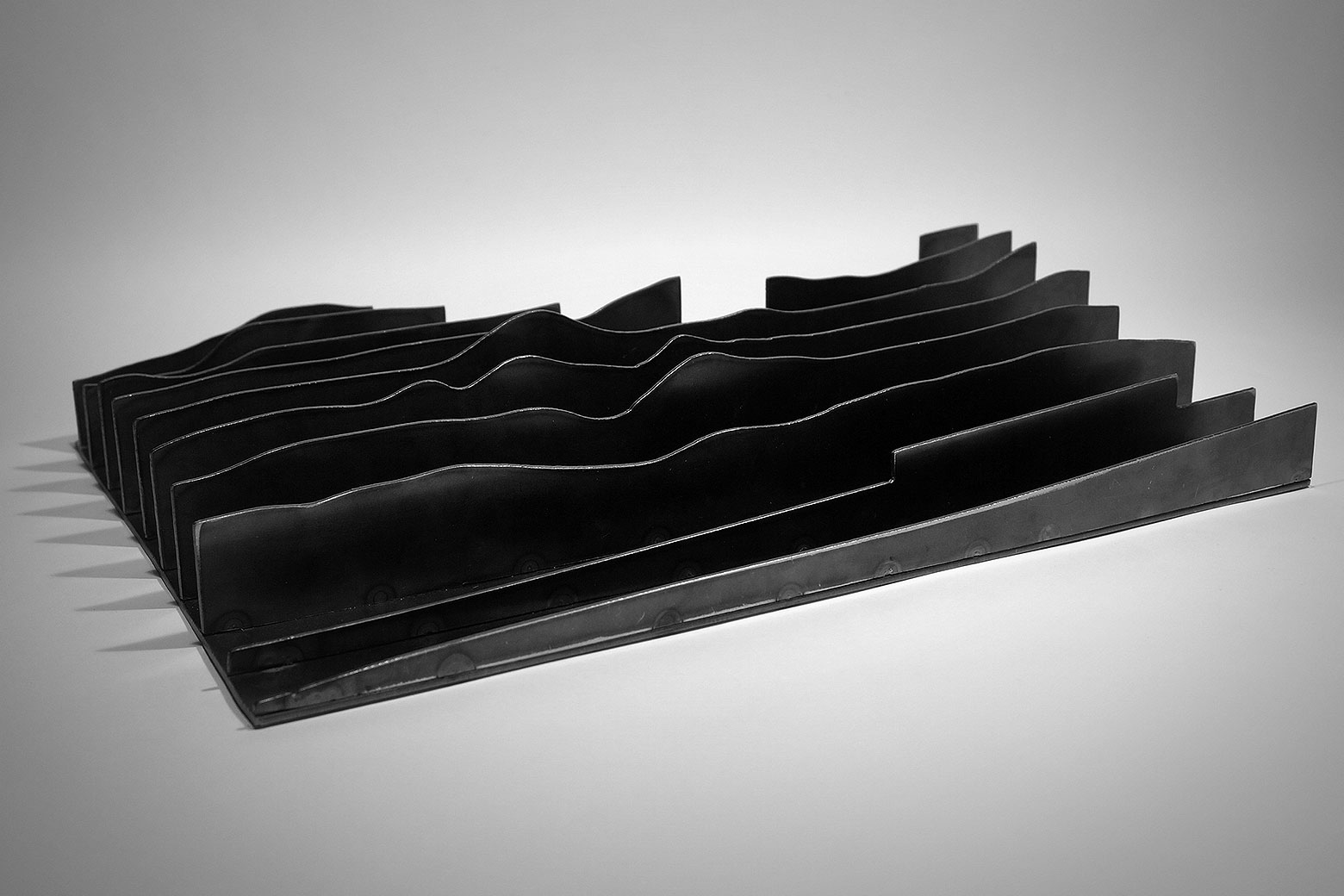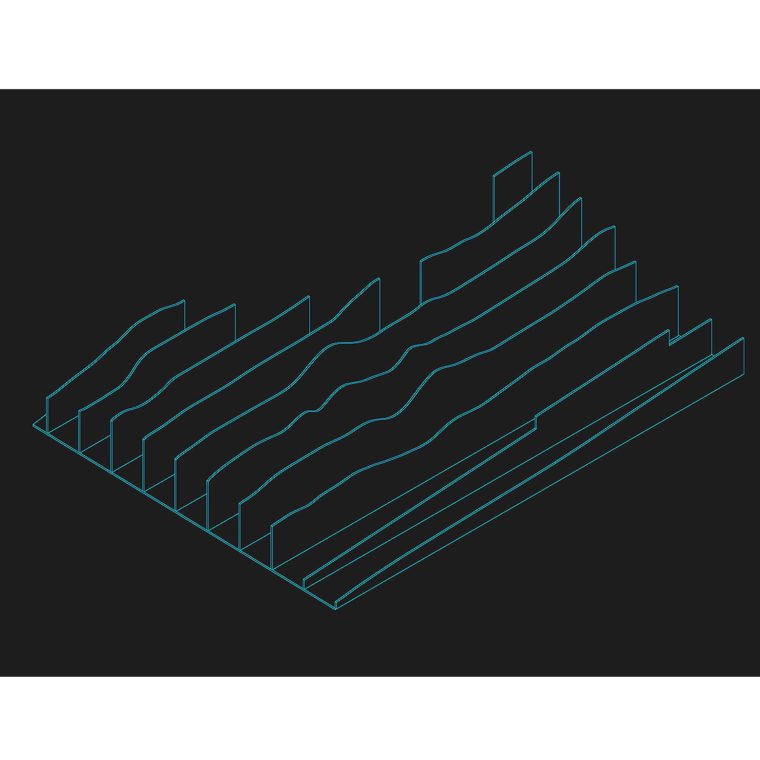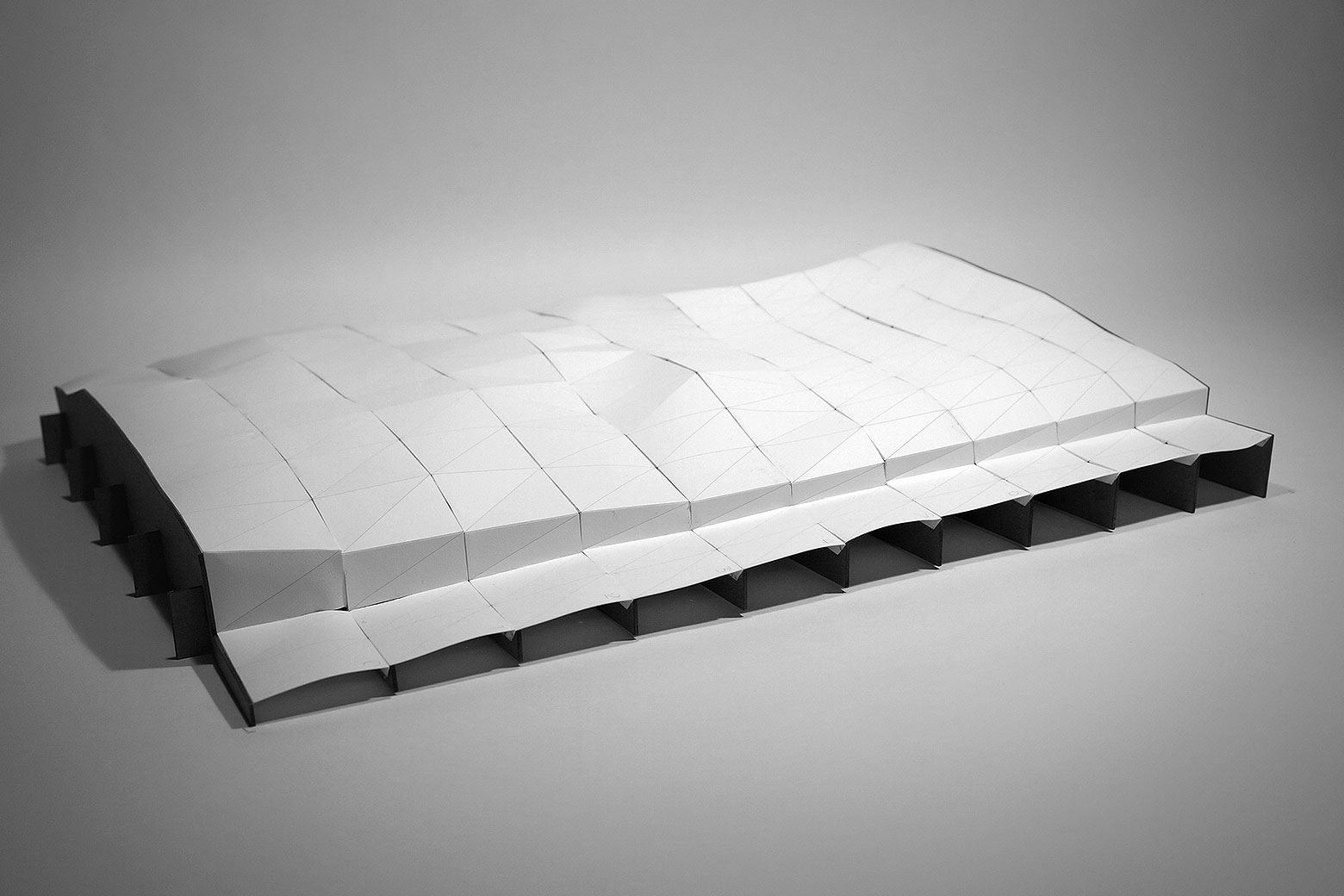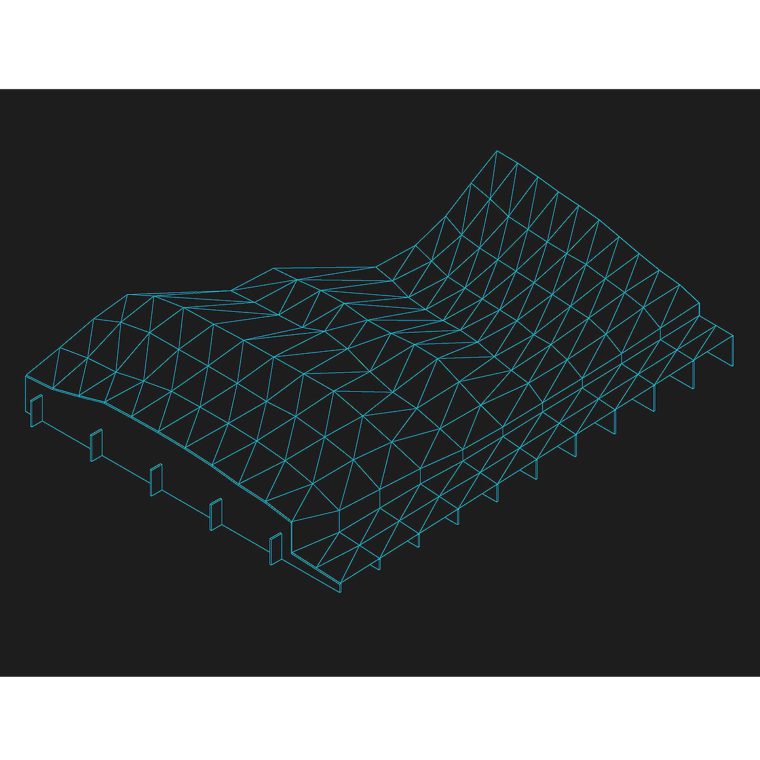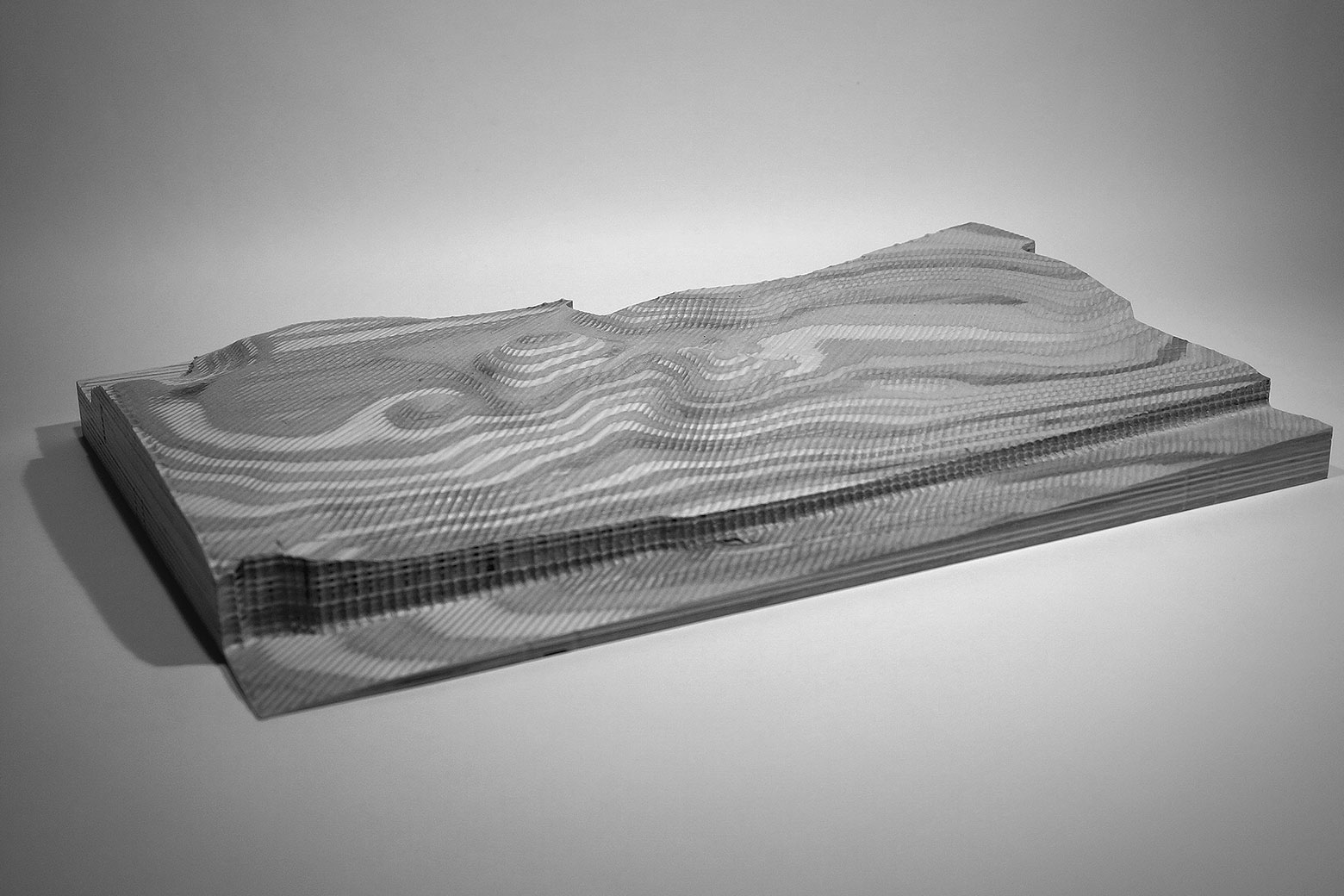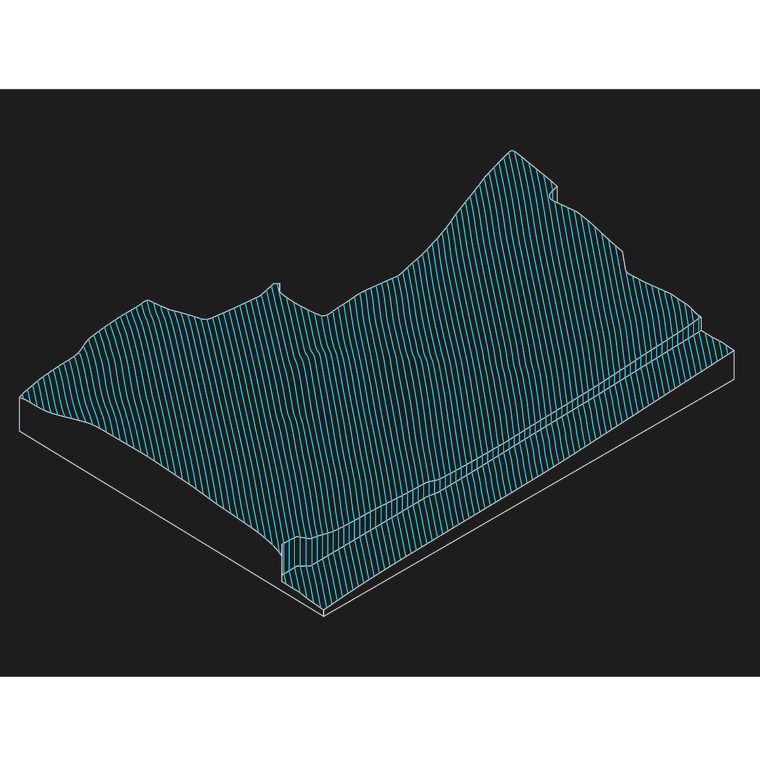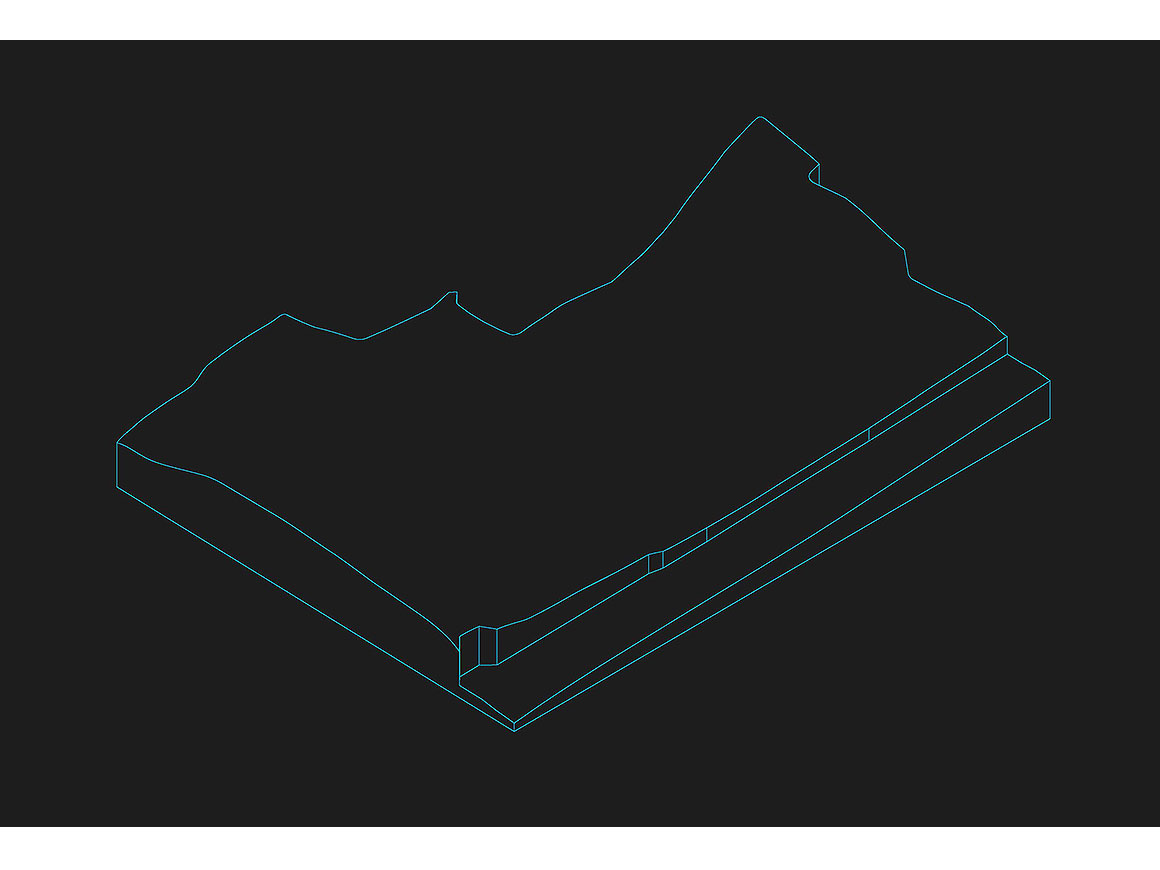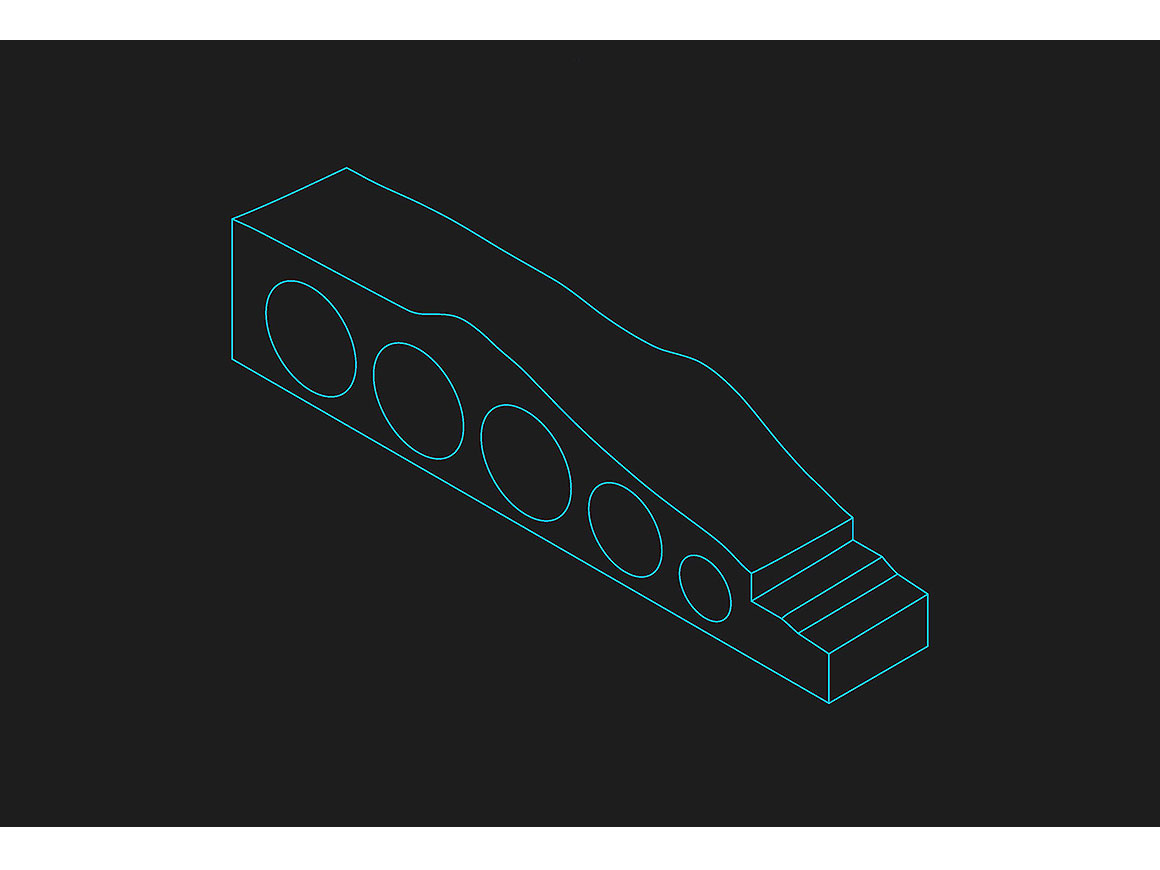Experimenting with Digital Fabrication
A Continuation of our Adventures in Model Making
A Continuation of our Adventures in Model Making
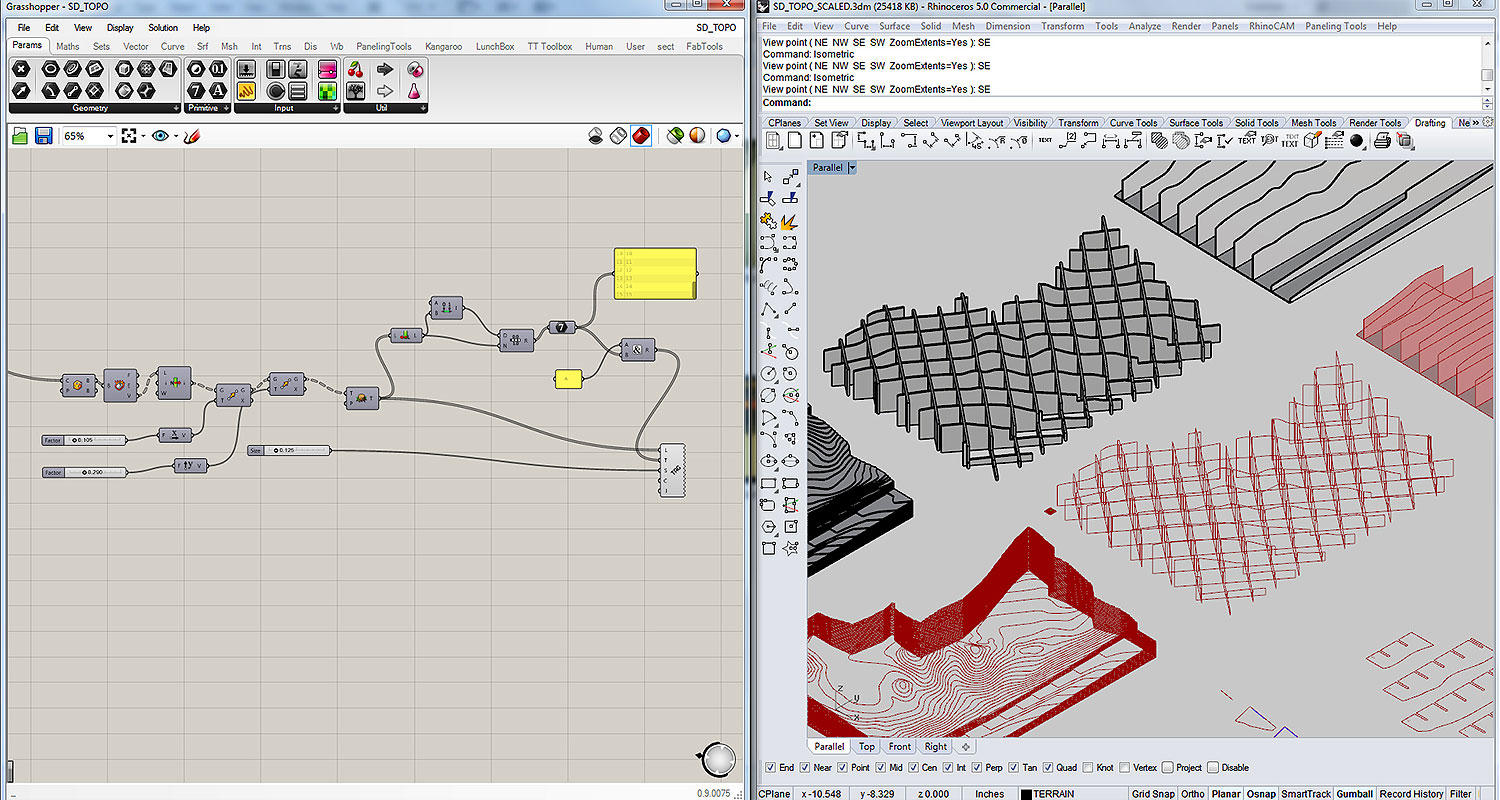
We experimented with various digital fabrication tools. The ability to connect a digital model with a computer-controlled machine has exciting potential for anyone interested in the design and creation of ‘things.’ CNC machines enable the efficient fabrication of novel forms and the ability to quickly generate a series of prototypes.
Continuing our adventures in model making, we experimented with various digital fabrication tools. The ability to connect a digital model with a computer-controlled machine has exciting potential for anyone interested in the design and creation of ‘things.’ CNC machines enable the efficient fabrication of novel forms and the ability to quickly generate a series of prototypes. We experimented with both.
Using the Surrey Downs Park site in Bellevue, we created one digital model, and fabricated a range of model types that engage different materials and fabrication machines. Our goal was to learn the process required to go from digital model to constructed element (file setup/translation, machine access/efficiency) and discover the success—or failure—of different model types.
After much sawdust, sparks, and machine noise, our model series transitioned from digital to physical. In the process, we learned a great deal about the setup required for CNC fabrication (how to slice, format, and organize data) and the fabrication process (machine setup, tolerances, and material constraints).
Seeking to augment the two dimensional, and enduring, standards of the contour line and cross-sectional drawing with expressive, three-dimensional methods, we investigated the technical requirements (digital workflow, interface with fabrication tools, material economy) as well as the expressive potential for different model typologies. Just as various drawing conventions (plan, section) convey particular qualities of a design, so too can various model typologies convey a range of information about a given landform.
Study models are an indispensable design tool that can be quickly and accurately produced—even those that are highly complex. However, it is important to remember that the CNC machines used in this study are also capable of producing full-scale building or site elements and we are already integrating this new technology into our project work.
